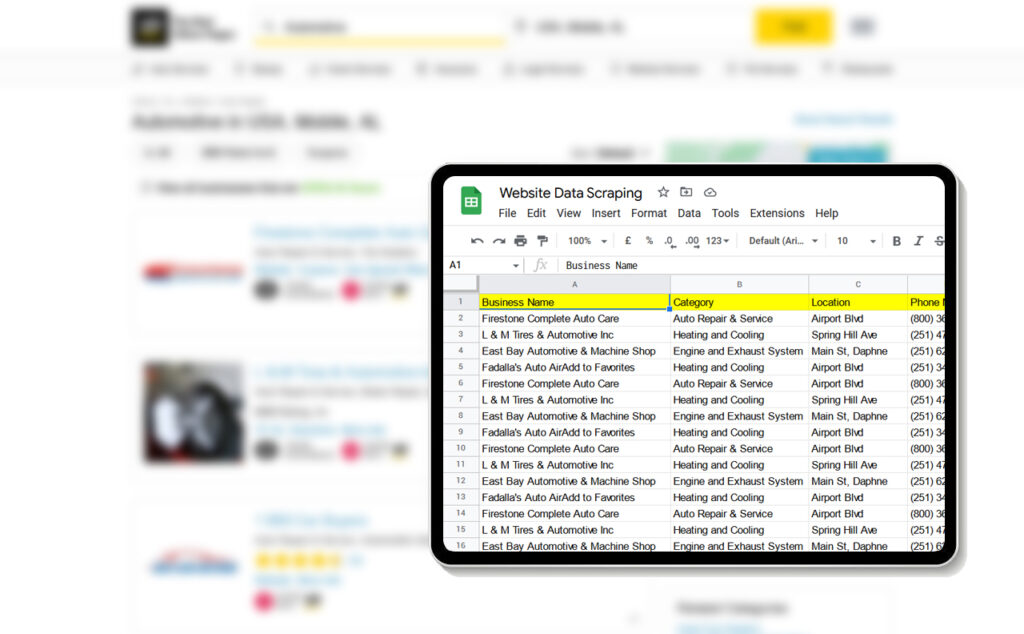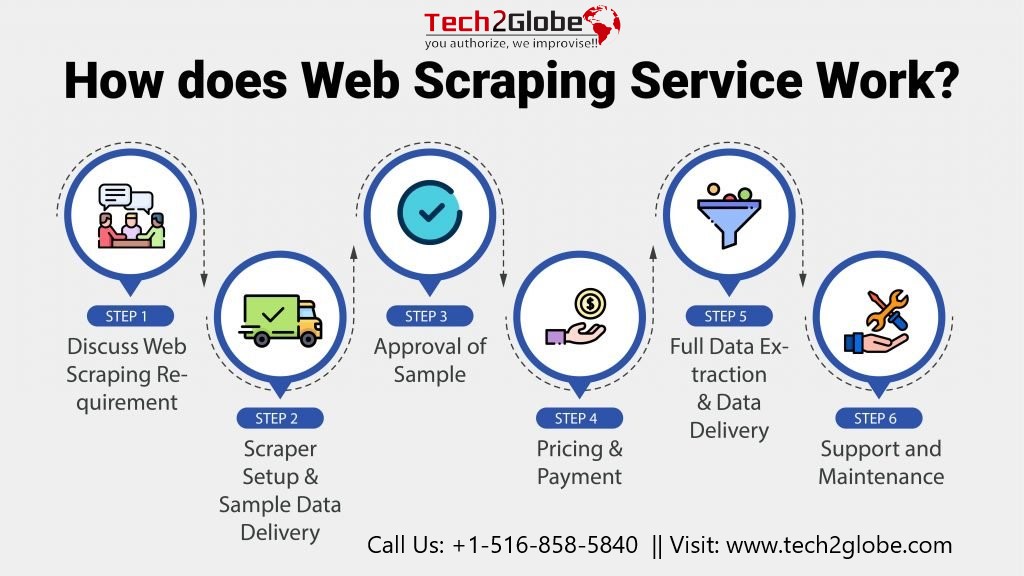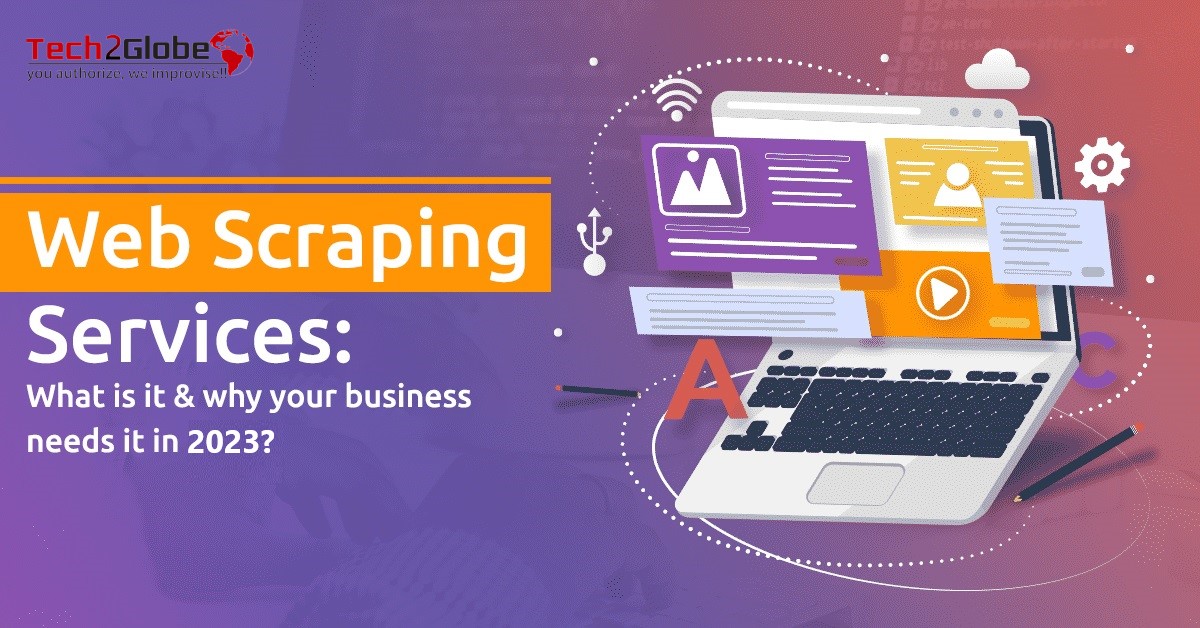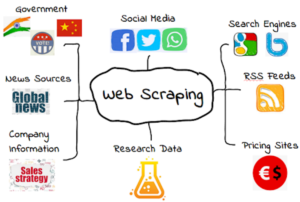Web scraping services might be the answer if you’ve ever needed data from a website or want to automate tasks. They scrape websites and pull information into a database for later analysis without coding anything yourself.
Web scraping companies have become popular among those who want quick access to data they don’t already have. There are even tools designed specifically for web scraping. Some common uses include pulling stock prices, customer support numbers, or other useful data from websites.
How does web scraping work? Let’s take a look at some key steps in getting data from a website. Understanding these concepts helps you get the necessary data without manually hacking around.

How Do Web Scraping Services Function?
Step 1: Make An Http Request To A Server.
When you go to a website using your browser, you send what is known as an HTTP request. This is the online equivalent of calling the doorbell and inviting someone in. You can access the site and all its contents when your approval is given.
A web scraping company requires permission to access a website. As a result, a web scraping service first sends an HTTP request to the site being extracted.
Step 2: Extracting And Parse The Website’s Code
Once a scraper is granted permission to access a website, the bot can read and extract the site’s HTML or XML code. This code determines the content structure of the website. The data entry services will then decode the code (that is, break it into its constituent parts) to locate and extract elements or objects predefined by whoever set the bot loose! Text, ratings, classes, tags, IDs, and other information may be included.
Step 3: Saving The Relevant Data Locally
After accessing, scraping, and parsing the HTML or XML, the web scraper will save the relevant data locally. As previously stated, the extracted data is predefined by you (having told the bot what you want it to collect). Data is typically stored as structured, often in an Excel file in.csv or.xls format.
After you’ve completed these steps, you’re ready to begin using the data for the intended purposes. Isn’t it simple? And it’s true… these three steps make data scraping appear simple. In reality, however, the process is repeated countless times. This brings with it its own set of issues that must be addressed.

How to choose the right web scraping service?
There are a few key factors to consider when choosing a web scraping service:
1. The data scraping service should have a good reputation and be able to provide references from satisfied customers.
2. The service should be able to handle the scale of data you need scraping and have the infrastructure in place to support your needs.
3. The data scraping service should offer features that fit your specific web scraping requirements, such as the ability to handle CAPTCHAs or proxy management.
4. The service should be able to provide support and guidance if you run into any issues.
5. The service should be affordable data scraping services and offer good value for the money.
Comparing a few different web scraping services against these criteria should help you narrow down the field and choose the right one for your needs.
THE FUTURE OF WEB SCRAPING SERVICES.
In the past few years, data management services have become increasingly popular. This is because they offer a quick and easy way to collect data from many sources. However, there are some concerns about the future of these services.
One of the biggest concerns is that many web scraping services are used to collect data without the consent of the people who own the data. This can lead to privacy concerns and even legal issues.
Another concern is that data scraping services can be used to collect inaccurate or out-of-date data. This can be a problem if the data is used for decision-making purposes.
Finally, there is a concern that web scraping companies may be replaced by other data collection methods. This could happen if the services become too expensive or ineffective.
Overall, web scraping services offer a lot of benefits. However, there are some concerns about their future.










